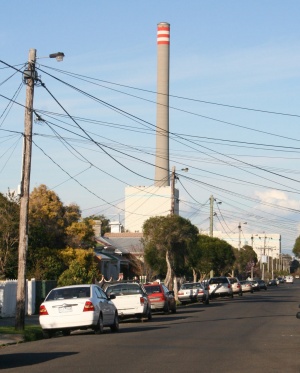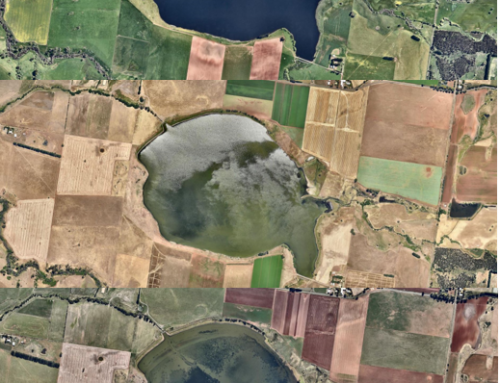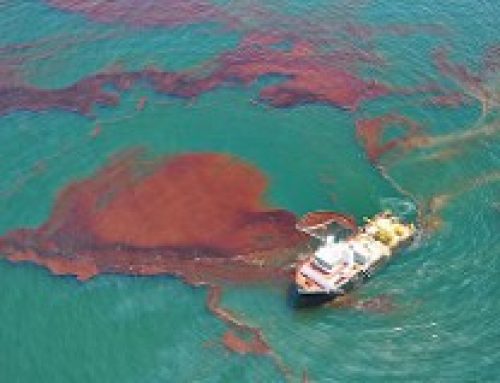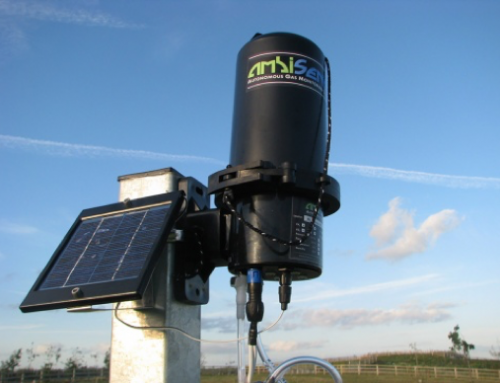Melbourne’s West is one of Australia’s fastest growing urban regions, with an expectation that population will increase by 50% over the next 15 years. This explosion in growth will require a parallel demand for residential and commercial construction, much of which will be located on former industrial land. This is leading to unprecedented interfacing between non-green field developers and contaminated sites, often on blocks less than 1000m2. Therefore, developments that previously required compliance considerations under local planning schemes, now must meet the rigorous reporting requirements under the Environment Protection Act 1970 and the State Environment Protection Policy (Prevention and Management of Contaminated Land) [No. S95, Gazette 4/6/2002]. Each State and Territory has its own policy, but the aims are the same; “… to maintain and where appropriate and practicable improve the condition of the land environment sufficient to protect current and future beneficial uses of land from the detrimental effects of contamination.” To meet the requirements of these policies a five-step audit procedure is followed (reproduced from Victorian EPA Publication 1609), following the appointment of an EPA-approved auditor:
Audit trigger: an audit is instigated based on:
- Planning need (for example, permit conditions and environmental overlays)
- Due diligence
- Known previous land use with potential sources of contamination (for example, petrol station sites)
Commercial aspects: a normal audit process costs a minimum of $25,000 and take anywhere from 6 months to a year (or more in some cases). Costs for the environmental assessment, audit and potential remediation need to be included when analyzing the commercial viability of a development.
Assessment phase: This is the most critical stage and includes:
- Phase 1 Desktop studies on site history leading to the development of a conceptual site model which should be in accordance with the National Environment Protection (Assessment of Site Contamination) Measure 1999 (as amended 2013).
- Environmental monitoring and assessment works in accordance with Australian Standards, including soil, soil vapour and groundwater assessments (Human health and ecological risk assessments).
- Analysis of monitoring and assessment results and reporting to determine the level of contamination and recommendations for further investigation/remediation.
If the site is determined to require further assessment/remediation this could trigger:
- Site specific risk assessments combined with further soil and/or groundwater assessments and clean up. Cleanup technologies should be assessed for their ability to meet cleanup objectives, resulting in the most effective and practicable technology (s) being selected. Examples of groundwater cleanup technologies include pump and treat systems, air sparging and air stripping with activated carbon adsorption.
- Stakeholder consultation including community views on the timing and extent of cleanup (particularly if there are plumes offsite).
- Determination where ongoing contamination management including ongoing monitoring may be required.
Audit outcomes: when the approved environmental auditor is satisfied that the site risks have been satisfactorily remediated or managed a Certificate of Environmental Audit/Statement and Audit Report is issued and submitted to council and EPA.
The nature of the contamination in Australian urban environments is extremely diverse and can be derived from many and varied sources. The potential for contamination from previous site tenants can be obvious, especially for former petrol station sites, steel and iron smelters, and landfills. However, many industries, once common but now rarely seen and potentially closed for many decades, such as tanneries and explosives manufacturers, can leave an indelible contamination footprint today. Furthermore, some site uses can be potential sources of serious contamination despite being seemingly innocuous, such as dry-cleaners. Therefore, the potential for selecting a development site with actionable contamination is a real and common eventuality. For example, sulphide ore was extracted from the hills surrounding Adelaide in the 19th century and transported to smelters in and around the CBD, the location of which is largely unknown today. The result being many contaminated sites are being unearthed today through commercial and residential development with the onus for remediation being on the current site owner.

Fortunately, the discovery of contamination on a prime development site is not a death sentence to the project. There are a range of well-worked strategies available to determine the extent and nature of the contamination to then guide a cost-effective and time-critical remediation procedure.
Companies such as HydroTerra have years of experience undertaking monitoring following state-specific guidelines, for example Sampling and Analysis of Waters, Wastewaters, Soils and Wastes (EPA Victoria Publication IWRG 701). Data that is collected will be appropriate for auditing purposes as well as provide for the most effective options for site remediation. Following analysis of the site contamination assessment a remediation methodology (Remediation Action Plan) may need to be developed to assist in accelerating the natural breakdown of contaminants or the removal of contamination. This can include site works that facilitate the natural breakdown of contaminants by introducing soil-based microorganisms. HydroTerra offers the innovative technology of Microbial Insights to increase confidence that a chosen strategy will be effective. For example, Microbial Insights QuantarrayTMis capable of surveying the resident microorganisms in the soil to determine whether they are the right ones, at the right level, to undertake onsite decontamination of the soil. Therefore, by combining accurate site assessment and a cross-disciplinary approach to site remediation, contamination does not have to stand in the way of profitable development in residential and commercial in-fill projects.
HydroTerra provides a range of site assessment services for small and large development sites by collaborating with technical specialists (technology and applied) and consultants whom we have strong relationships, and combined with preferential access to industry-leading technology, we provide innovative, efficient solutions. We understand that the role of monitoring is not simply data collection but integrated compliance reporting, therefore we specialize in producing validated, traceable, robust, and report-ready data linked to automated reporting tools to reduce the time required to meet onerous annual reporting requirements.
With our qualified and experienced in-house team combined with our expert partners, HydroTerra can provide turn-key solutions to contaminated site assessment and remediation.
Contact contaminated land specialist Jared Ewers for more information on our range of services.
![Environmental Monitoring Services [HydroTerra] Logo](http://environmentalmonitoringservices.com.au/wp-content/uploads/2019/07/HydroTerra-Logo-White-500X112.png)





Leave A Comment